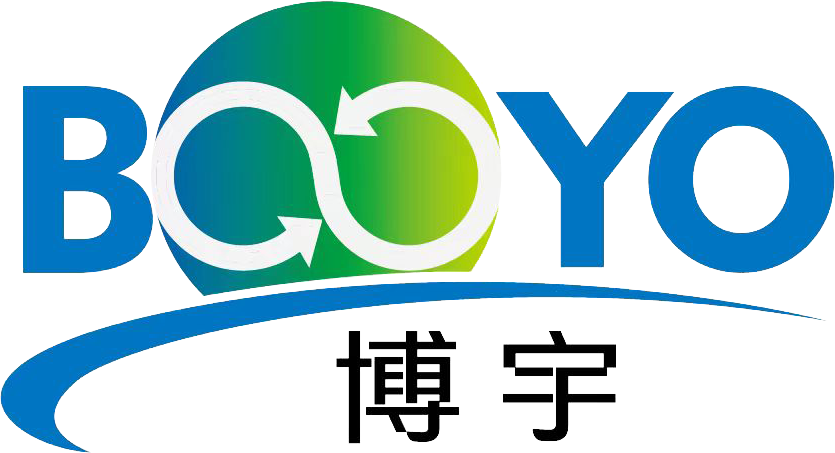
Our News
Find out about our latest news here.
Latest News
- ▶ High-Efficiency Surface Condenser Solutions:
- ▶ Health, Safety and Environment (HSE) Policy
- ▶ Conflict-of-Interest Policy
- ▶ Can a Welded Spiral Heat Exchanger Solve Fouling and Blockage Problems?
- ▶ Anti-Bribery and Corruption (ABC) Compliance Policy
- ▶ The Critical Role and Application of Heat Exchangers in the Natural Gas Treating Process
Message
1. Location and Function
Channel end covers (main sealing faces): Seal the two spiral channels (A/B sides).
Manholes/handholes/flange nozzles: Auxiliary sealing points.
Drain/vent nozzles: Small-diameter static seals.
Purpose: Maintain reliable sealing under differential pressure and thermal cycling, while allowing repeated assembly/disassembly.
2. Recommended Gasket Types
Preferred flange facings: Raised Face (RF), Male/Female (M/F), Tongue & Groove (T/G).
M/F or T/G offers better anti-blowout performance.
3. Materials and Pressure/Temperature Guidelines
Metal winding/cores: SS304/316L common; avoid 304 in chloride/sulfur; 321/347 for high temp; Alloy 825/625 for severe media.
Filler: Flexible graphite (general); PTFE/ePTFE for strong oxidizers/alkalis.
Rings: Outer rings for centering and preventing over-compression; inner rings to prevent extrusion.
Standards: ASME B16.20 (SWG/Kammprofile/RTJ gaskets), ASME B16.5/B16.47 (flange facings), tightening per ASME PCC-1.
4. Geometry and Compression (Typical)
Compression range (SWG): 10–20%
Recovery: ≥10%
Seating stress (installation):
SWG with graphite: 30–60 MPa
Kammprofile: 20–40 MPa (check supplier data)
Gasket width: ≥12–20 mm (depending on flange size)
ID clearance: +2–3 mm over nozzle bore, to prevent edge erosion.
5. Bolt/Torque Calculation (General Steps)
Define required gasket stress σg and effective area Ag.
Seating load: Fg = σg × Ag.
Add pressure/operating load (using m, y factors if ASME method).
Bolt load per bolt: Fb = (Fg + Fwork) / N.
Torque: T ≈ K × Fb × db
K ≈ 0.16–0.22 (depends on lubrication)
db = bolt nominal diameter (m)
Tightening: 30% → 60% → 100%, in star pattern; re-tighten after thermal cycle.
6. Selection Guide by Service
Coke oven gas (tar/naphthalene): SWG (graphite, SS316L windings) + inner ring, T/G or M/F face.
Seawater/chloride cooling: SS316L/Ti + graphite or PTFE filler, bolts in 316/Duplex with anti-galling treatment.
Vacuum service: Kammprofile preferred, maintains tightness at low pressure.
Strong alkali/oxidizers: PTFE/ePTFE, with flange rigidity control.
7. QA/QC Requirements
Docs: Material certificates (metal/filler), dimensional check records, T/P rating statements.
Visual: No cracks, uniform winding, warpage <1 mm/300 mm.
Dimensions: ID/OD/width/thickness per drawings.
Marking: Grade, type, rating, batch number.
Matching: Verify gasket type fits flange face (RF/MF/TG).
Storage: Dry, flat, clean; graphite avoid oil; PTFE prevent creep deformation.
8. Installation and Maintenance
Clean flange faces; remove oil/rust; flatness deviation ≤0.2 mm.
Use same-batch gaskets; lubricate bolts/nuts.
Tighten in multiple passes, cross/star sequence; record torque.
Retorque after 24 h cold; recheck after hot run.
Spare gaskets should be clearly labeled and stored properly.
9. Common Failures and Remedies
10. Example Procurement Data Sheet (Fields)
Equipment tag/no.; design pressure/temp; flange facing (RF/MF/TG)
Gasket type (SWG/Kammprofile/PTFE)
Thickness and winding metal/filler materials
ID/OD/width; with/without rings
Standards (ASME B16.20, etc.); QA documents required
Packaging and marking; quantities and spares
PROFESSIONAL CONSULTATION
If you are interested in our products and want to know more details, please leave a message here, we will reply you as soon as we can.